- Great Learning
- Free Courses
- Artificial Intelligence
Earn a certificate & get recognized
Introduction to Neural Networks
Expand your skills through the Neural Networks course to work with AI and Deep Learning tasks. Build and train artificial neural networks for industry-related problems using key calculations that underlie modern technology.
Instructor:
Dr. Kumar MuthuramanIntroduction to Neural Networks
7.9K+ learners enrolled so far
Stand out with an industry-recognized certificate
10,000+ certificates claimed, get yours today!
Get noticed by top recruiters
Share on professional channels
Globally recognised
Land your dream job
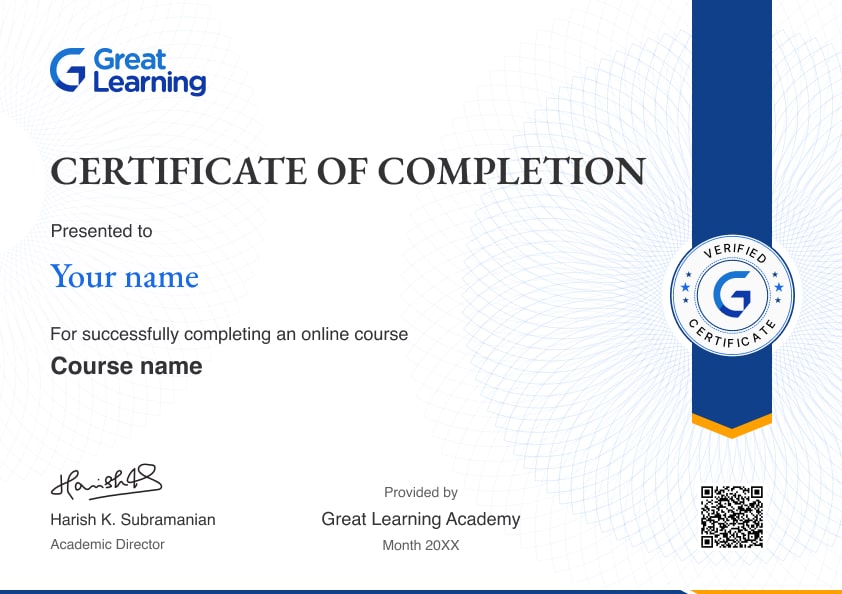
Skills you will gain
Artificial Neural Networks
Biological Neurons
Perceptron
Key Highlights
Get free course content
Master in-demand skills & tools
Test your skills with quizzes
About this course
This Introduction to Neural Networks course is designed to impart knowledge to work with Artificial Intelligence and Deep Learning tasks. The course begins by discussing the Artificial Neural Networks concepts and then continues explaining the biological neuron and the motivation to build ANN technique. You will learn what a neural network is by understanding perceptron concepts. Qualify in the quiz to gain the Artificial Neural Networks course completion certificate.
After learning neural networks, escalate your knowledge through Artificial Intelligence courses and build a promising career in the domain.
Course outline
Introduction to Artificial Neural Networks
This section discusses what artificial neural networks are and their motivation. It explains how it is built and how it works to solve complex tasks. You will also understand the structure of artificial neural networks and gain a more profound knowledge of Deep Learning.
Understanding Working of Perceptron
This section explains the working of perceptron with examples. It explains how summation and step functions are applied to the perceptron inputs and teaches what it does in a neural network. You will understand the mathematics behind the technique employed in Artificial Intelligence and Deep Learning tasks.
Understanding Biological Neurons and Perceptrons
This section explains how biological neurons work and how it influenced the development of ANN technology. You will also know about the history of perceptrons.
Get access to the complete curriculum once you enroll in the course
Stand out with an industry-recognized certificate
10,000+ certificates claimed, get yours today!
Get noticed by top recruiters
Share on professional channels
Globally recognised
Land your dream job

Introduction to Neural Networks

0.75 Hours
Beginner
7.9K+ learners enrolled so far
Get free course content
Master in-demand skills & tools
Test your skills with quizzes
Refer and earn
Get learning discounts up to $20
Learner reviews of the Free Courses
5.0
5.0
5.0

5.0

4.0

5.0

5.0
Our course instructor

Dr. Kumar Muthuraman
Faculty Director, McCombs School of Business, The University of Texas at Austin
Artificial Intelligence Expert
Frequently Asked Questions
Will I receive a certificate upon completing this free course?
Is this course free?
What are the prerequisites to learning this Neural Networks course?
This is a beginner-level course and needs no prior knowledge to learn from it.
What knowledge and skills will I gain upon completing this Artificial Neural Networks course?
You will have acquired skills to work with ANN and perceptrons. You will also be able to employ them in Deep Learning Algorithms and techniques to work with industry-oriented applications.
How much does this Artificial Neural Networks course cost?
Introduction to Neural Networks is a free course. Enroll in the course today and learn artificial neural networks and perceptron concepts for free online.
Is there a limit on how many times I can take this Introduction to Neural Networks course?
Great Learning Academy does not imply any restriction to the number of repetitions of this course. You can always come back and continue learning.
Can I sign up for multiple courses from Great Learning Academy at the same time?
Yes. You can choose to enroll in many courses of your interest simultaneously. Great Learning Academy offers free courses so that you can learn as many courses at once according to your time suitability.
Why choose Great Learning Academy for this Introduction to Neural Networks course?
The full-time and short-term programs provided by Great Learning, a leading provider of ed-tech services, include various topics, including Data Science, Machine Learning, Artificial Intelligence, Product Management, Digital Marketing, and Big Data Engineering. Several reasons to select Great Learning include:
- Great Learning is a leading ed-tech company that offers full-time, online, and offline instruction in various industries.
- The experienced educators on the Great Learning team, who are experts in their field, will accompany you on your learning journey.
- The courses that Great Learning offers are developed considering market demands and are often updated to reflect the most recent advancements.
Who is eligible to learn from this Neural Networks course?
Anybody interested in learning artificial neural networks and understanding perceptron concepts can learn from this Neural Networks course.
What are the steps to enroll in the Introduction to Neural Networks course?
Enrolling in the Introduction to Neural Network course is a 2-step process. You first need to pick the course you are interested in learning, enter your E-mail ID and set a password. You can dive into the modules and start learning them online.
How long does it take to complete this free Artificial Neural Networks course?
Although Artificial Neural Networks is half an hour-long course. You can learn it at your leisure since the course is self-paced.
Will I have lifetime access to this free course?
Yes. Once you enroll in this Artificial Neural Networks course, you will have free lifetime access.
What are my next learning options after this Artificial Neural Networks course?
After completing this course, you can either learn the machine learning and deep learning concepts individually or register for the Artificial Intelligence Degree Program and master essential concepts and gain skills under a single roof.
Why is it essential to learn Neural Networks?
Many Artificial Intelligence and Deep Learning techniques are based on neural networks, often known as Artificial Neural Networks (ANN). Deep learning uses neural networks to simulate the activity of the layers of neuron cells in the neocortex region of the brain. While artificial neural networks may include hundreds of hidden layers to help solve problems and produce outputs, regular neural networks may just have a handful. Artificial neural networks give computers the time and space required to tackle more complex problems and provide sophisticated answers.
Why are Artificial Neural Networks so popular?
The universal approximation theorem is the mathematical foundation for neural networks' superior classification abilities, which states that on a small subset, an artificial neural network may roughly estimate any continuous real-valued function. The quantity of neurons affects how accurate the estimate is. Because of its grip in terms of accuracy when taught with large volumes of data, deep learning fields are becoming increasingly popular. The software sector is evolving toward artificial intelligence, and every industry now relies on machine learning to give machines intelligence.
What jobs demand that you learn in Neural Networks?
Every artificial intelligence, machine learning, and deep learning professional must be proficient in working with neural networks. The prevalent careers for the subject include:
- Machine Learning Engineer
- Data Engineer
- Research Analyst
- Neuroinformatics.
- Bioinformatician.
- Image Recognition
- Software Engineer
- Software Developer
- Designer in Human-Centered Machine Learning
- Data Scientist
- Computational Linguist
After completing this Artificial Neural Networks course, will I get a certificate?
Yes. The course includes various modules for different topics in neural networks and perceptrons. Qualify in the quiz after gaining knowledge from the course to gain a course completion certificate.
Become a Skilled Professional with Pro Courses
Gain work-ready skills with guided projects, top faculty and AI tools, all at an affordable price.


View Course

Included with Pro+ Subscription
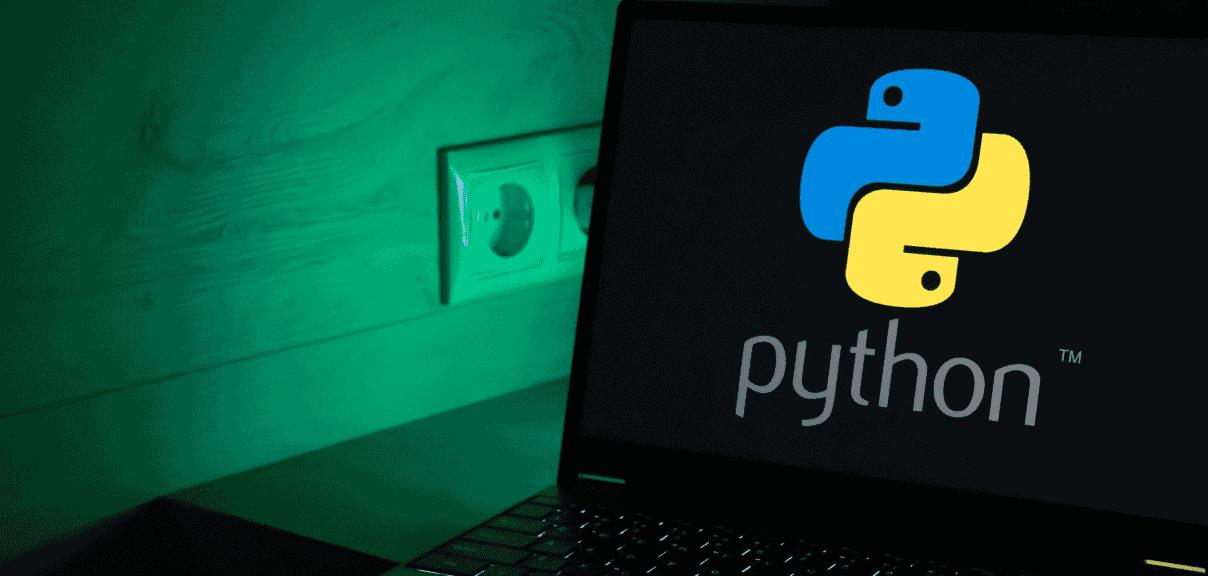
View Course

Included with Pro+ Subscription
.jpg)
View Course

Included with Pro+ Subscription


View Course

Included with Pro+ Subscription


View Course

Included with Pro+ Subscription
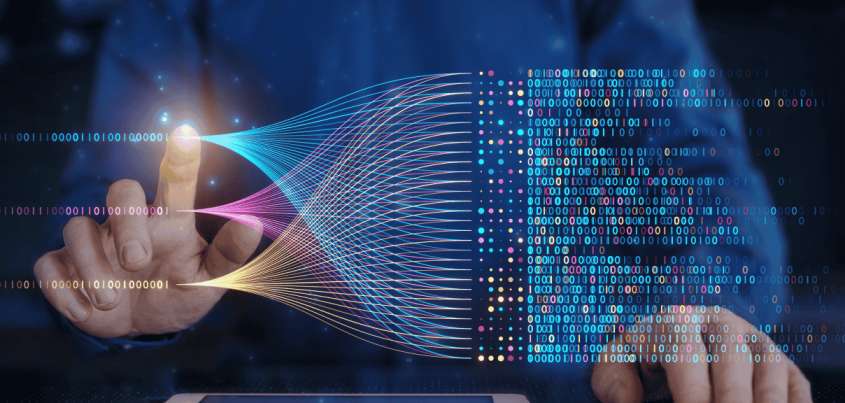
View Course

Included with Pro+ Subscription
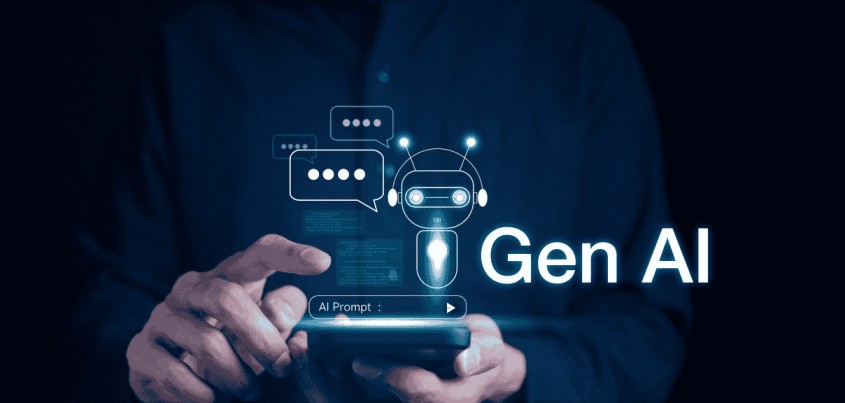
View Course

Included with Pro+ Subscription
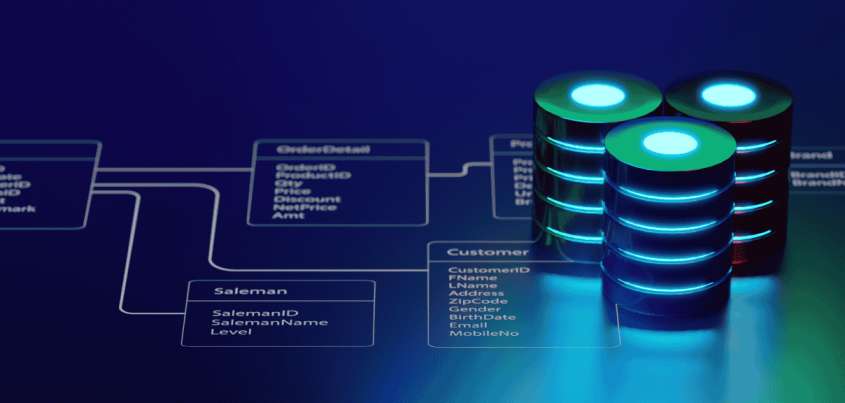
View Course

Included with Pro+ Subscription

View Course

Included with Pro+ Subscription
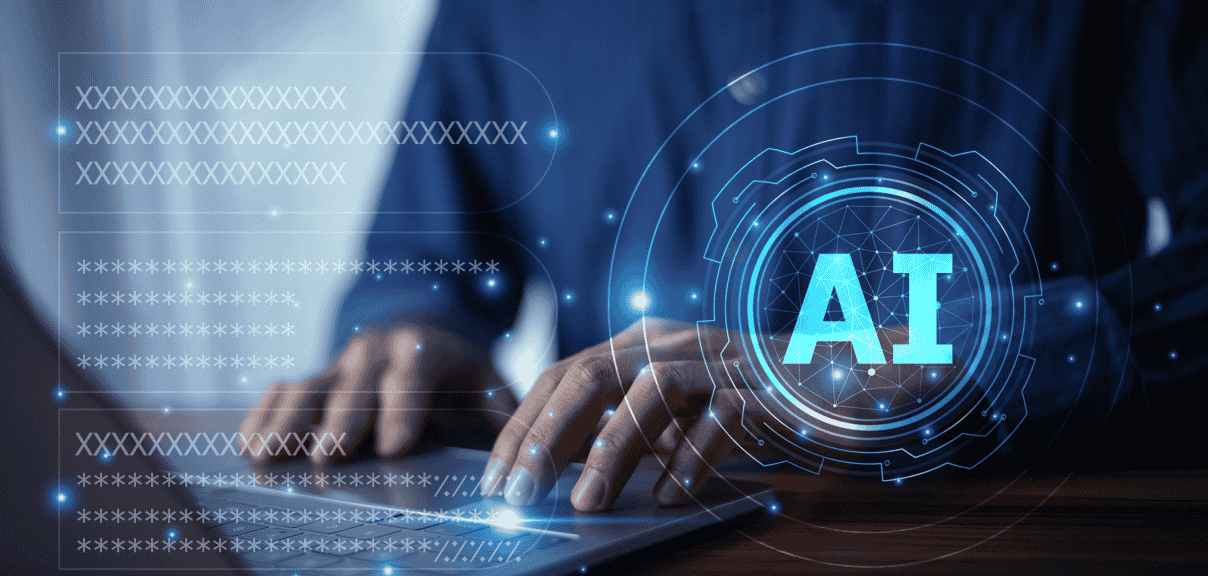
View Course

Included with Pro+ Subscription
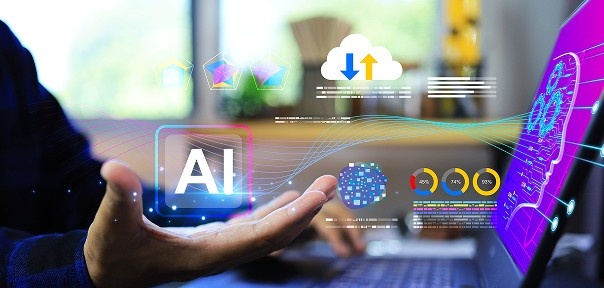



View Course

Included with Pro+ Subscription

View Course

Included with Pro+ Subscription
.jpg)
View Course

Included with Pro+ Subscription

View Course

Included with Pro+ Subscription


View Course

Included with Pro+ Subscription


View Course

Included with Pro+ Subscription


View Course

Included with Pro+ Subscription


View Course

Included with Pro+ Subscription


View Course

Included with Pro+ Subscription


.jpg)
View Course

Included with Pro+ Subscription
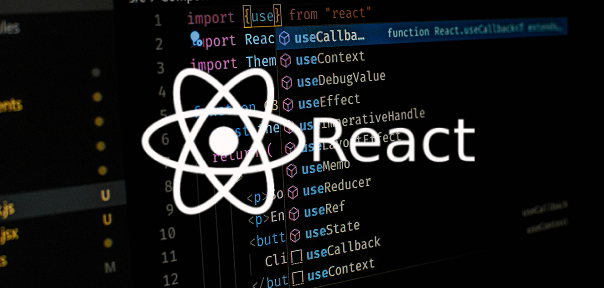
View Course

Included with Pro+ Subscription
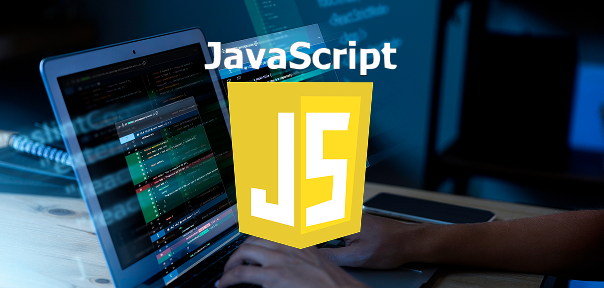
View Course

Included with Pro+ Subscription

View Course

Included with Pro+ Subscription
.png)
View Course

Included with Pro+ Subscription
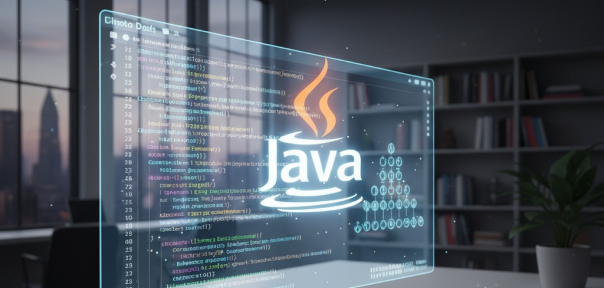
View Course

Included with Pro+ Subscription
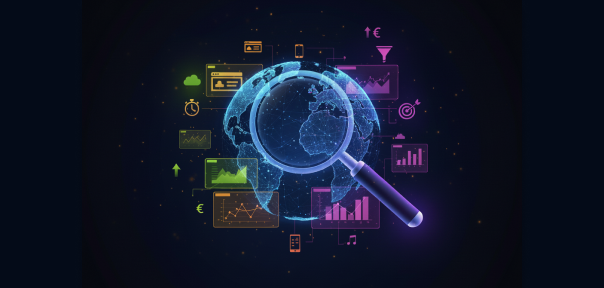
View Course

Included with Pro+ Subscription

View Course

Included with Pro+ Subscription

View Course

Included with Pro+ Subscription

View Course

Included with Pro+ Subscription

View Course

Included with Pro+ Subscription
.png)
View Course

Included with Pro+ Subscription
.jpg)
View Course

Included with Pro+ Subscription
.jpeg)
View Course

Included with Pro+ Subscription
.jpg)
View Course

Included with Pro+ Subscription
.jpg)
View Course

Included with Pro+ Subscription

View Course

Included with Pro+ Subscription

View Course

Included with Pro+ Subscription


View Course

Included with Pro+ Subscription


View Course

Included with Pro+ Subscription


View Course

Included with Pro+ Subscription
.png)
View Course

Included with Pro+ Subscription



.png)

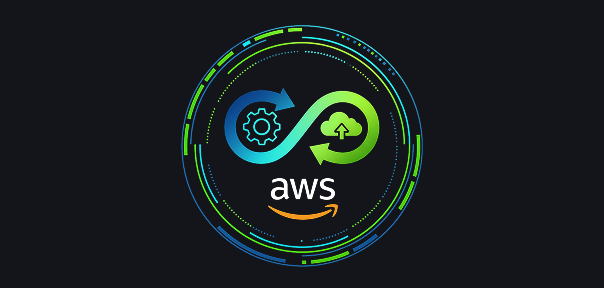
View Course

Included with Pro+ Subscription


View Course

Included with Pro+ Subscription

View Course

Included with Pro+ Subscription

View Course

Included with Pro+ Subscription
.png)
View Course

Included with Pro+ Subscription
.png)
View Course

Included with Pro+ Subscription
.png)
View Course

Included with Pro+ Subscription
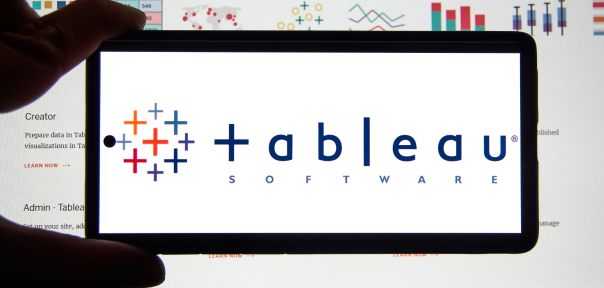
View Course

Included with Pro+ Subscription

View Course

Included with Pro+ Subscription

View Course

Included with Pro+ Subscription
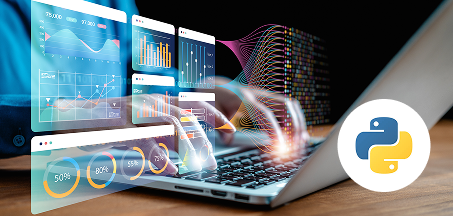
View Course

Included with Pro+ Subscription


View Course

Included with Pro+ Subscription
.png)
View Course

Included with Pro+ Subscription
Popular


View Course

Included with Pro+ Subscription

View Course

Included with Pro+ Subscription
.jpg)
View Course

Included with Pro+ Subscription


View Course

Included with Pro+ Subscription


View Course

Included with Pro+ Subscription

View Course

Included with Pro+ Subscription

View Course

Included with Pro+ Subscription

View Course

Included with Pro+ Subscription
AI & Generative AI

View Course

Included with Pro+ Subscription

View Course

Included with Pro+ Subscription




View Course

Included with Pro+ Subscription

View Course

Included with Pro+ Subscription
.jpg)
View Course

Included with Pro+ Subscription

View Course

Included with Pro+ Subscription
Microsoft Courses


View Course

Included with Pro+ Subscription


View Course

Included with Pro+ Subscription


View Course

Included with Pro+ Subscription


View Course

Included with Pro+ Subscription


View Course

Included with Pro+ Subscription


IT & Software
.jpg)
View Course

Included with Pro+ Subscription

View Course

Included with Pro+ Subscription

View Course

Included with Pro+ Subscription

View Course

Included with Pro+ Subscription
.png)
View Course

Included with Pro+ Subscription

View Course

Included with Pro+ Subscription

View Course

Included with Pro+ Subscription

View Course

Included with Pro+ Subscription

View Course

Included with Pro+ Subscription


View Course

Included with Pro+ Subscription
 (1).png)
View Course

Included with Pro+ Subscription


View Course

Included with Pro+ Subscription

View Course

Included with Pro+ Subscription


View Course

Included with Pro+ Subscription
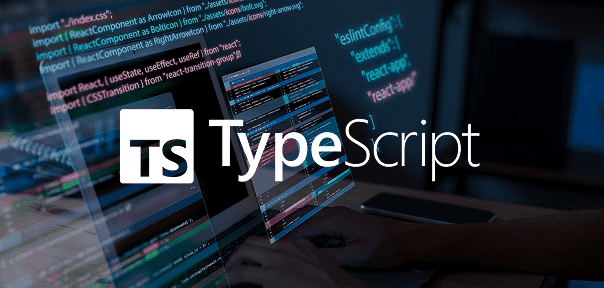
View Course

Included with Pro+ Subscription
.png)
View Course

Included with Pro+ Subscription
.png)
View Course

Included with Pro+ Subscription

View Course

Included with Pro+ Subscription
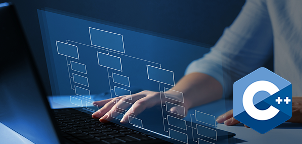
View Course

Included with Pro+ Subscription

View Course

Included with Pro+ Subscription

View Course

Included with Pro+ Subscription

View Course

Included with Pro+ Subscription
Management

View Course

Included with Pro+ Subscription

View Course

Included with Pro+ Subscription
.png)
View Course

Included with Pro+ Subscription
.jpg)
View Course

Included with Pro+ Subscription
.jpeg)
View Course

Included with Pro+ Subscription
.jpg)
View Course

Included with Pro+ Subscription
.jpg)
View Course

Included with Pro+ Subscription

View Course

Included with Pro+ Subscription

View Course

Included with Pro+ Subscription
.png)
View Course

Included with Pro+ Subscription
.png)
View Course

Included with Pro+ Subscription
.png)
View Course

Included with Pro+ Subscription
 (1).jpg)
View Course

Included with Pro+ Subscription

View Course

Included with Pro+ Subscription
.png)
View Course

Included with Pro+ Subscription
.png)
View Course

Included with Pro+ Subscription
Cloud Computing


View Course

Included with Pro+ Subscription


View Course

Included with Pro+ Subscription


View Course

Included with Pro+ Subscription
.png)
View Course

Included with Pro+ Subscription



.png)


View Course

Included with Pro+ Subscription


View Course

Included with Pro+ Subscription
.png)

View Course

Included with Pro+ Subscription
.jpg)

.jpg)

.png)

View Course

Included with Pro+ Subscription


Cyber Security

View Course

Included with Pro+ Subscription

View Course

Included with Pro+ Subscription
.png)
View Course

Included with Pro+ Subscription
.png)
View Course

Included with Pro+ Subscription
.png)
View Course

Included with Pro+ Subscription
Data Science & ML

View Course

Included with Pro+ Subscription

View Course

Included with Pro+ Subscription

View Course

Included with Pro+ Subscription

View Course

Included with Pro+ Subscription


View Course

Included with Pro+ Subscription
.png)
View Course

Included with Pro+ Subscription
Subscribe to Academy Pro+ & get exclusive features
$25/month
No credit card required

Learn from 40+ Pro courses
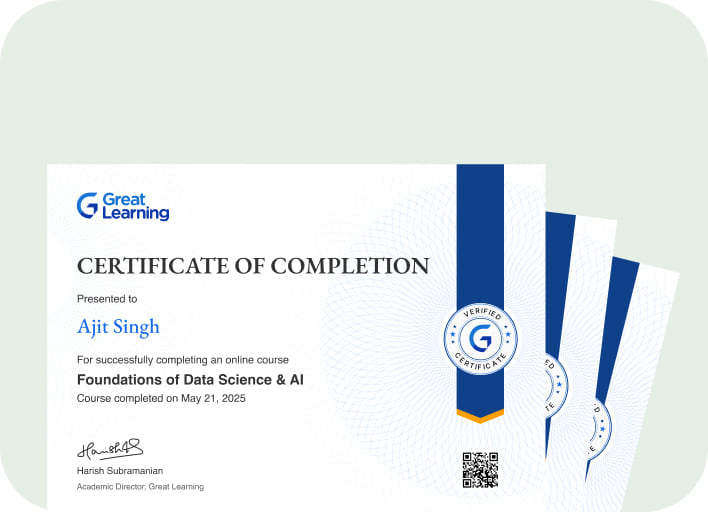
Access 500+ certificates for free
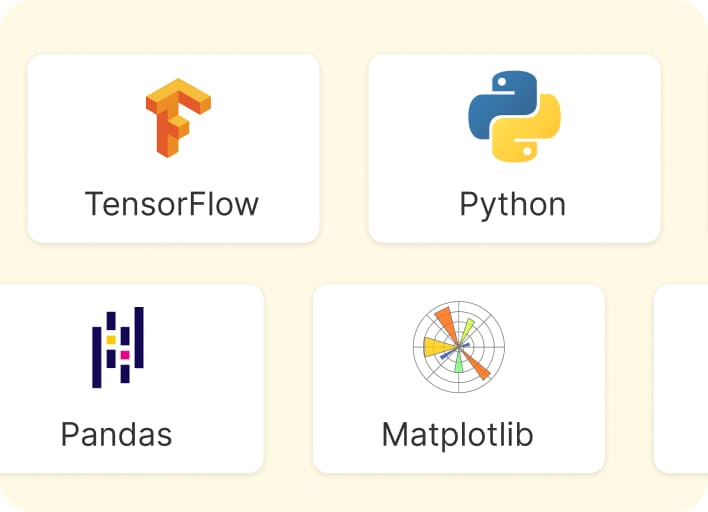
700+ Practice exercises & guided projects
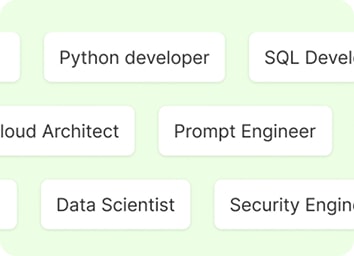
Prep with AI mock interviews & resume builder
Recommended Free AI courses

.jpg)


Similar courses you might like
.jpg)



Related Artificial Intelligence Courses
-
Personalized Recommendations
Placement assistance
Personalized mentorship
Detailed curriculum
Learn from world-class faculties
50% Average salary hike -


Johns Hopkins University
Certificate Program in AI Business Strategy10 weeks · Online
Know More
-


Walsh College
MS in Artificial Intelligence & Machine Learning2 Years · Online
Know More
-


MIT Professional Education
No Code AI and Machine Learning: Building Data Science Solutions12 Weeks · Online · Weekend
Learn from MIT FacultyKnow More













